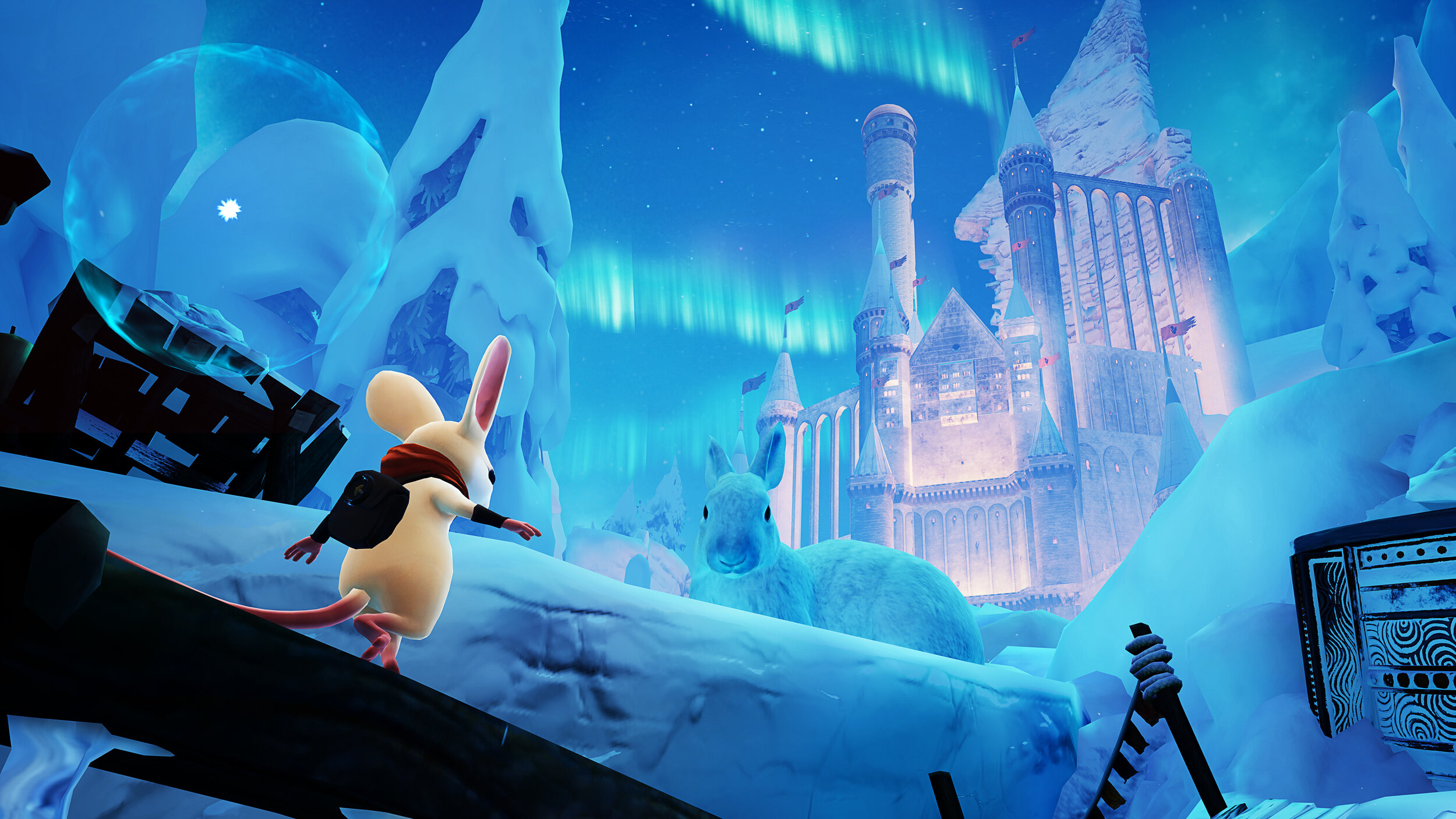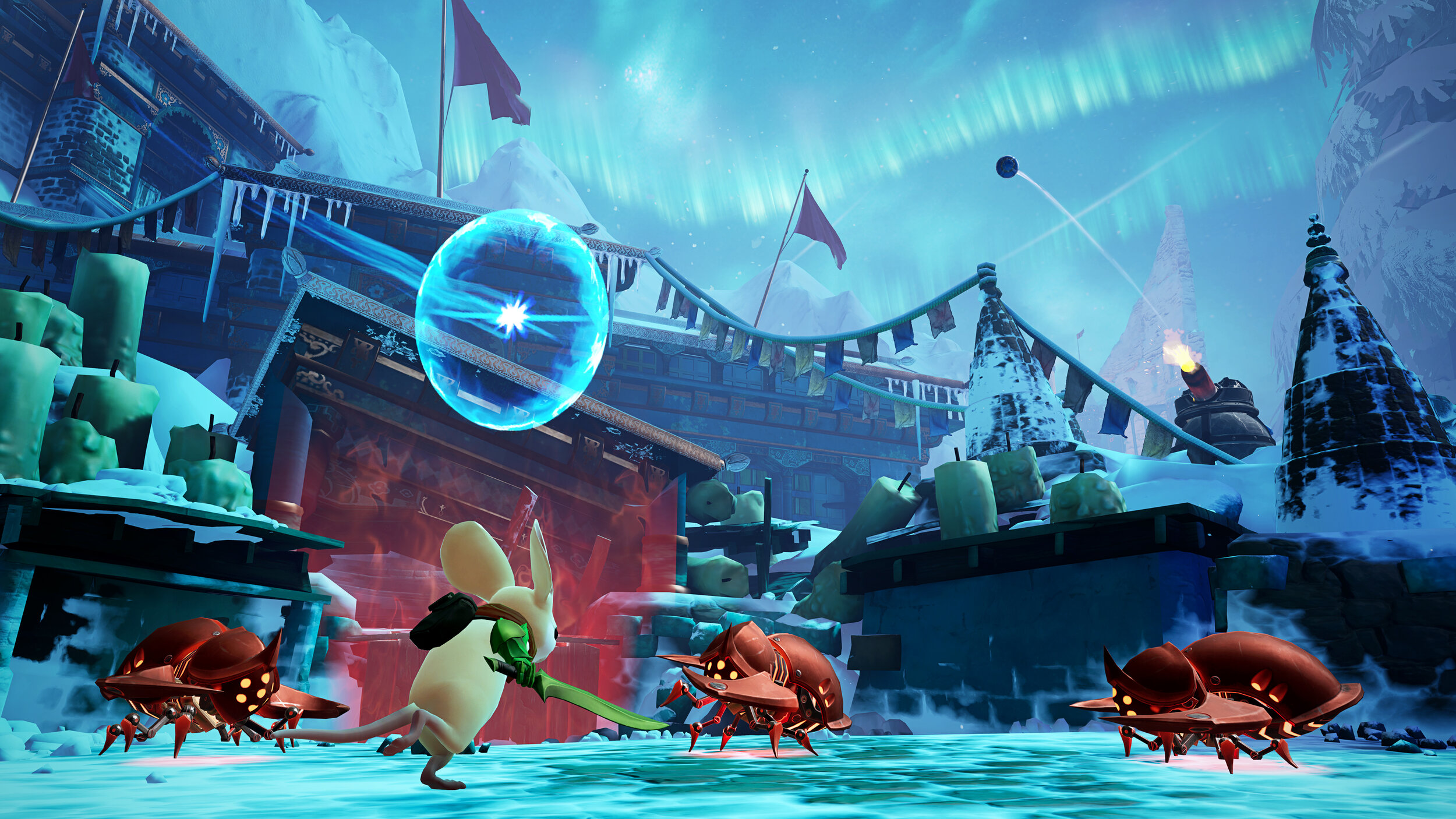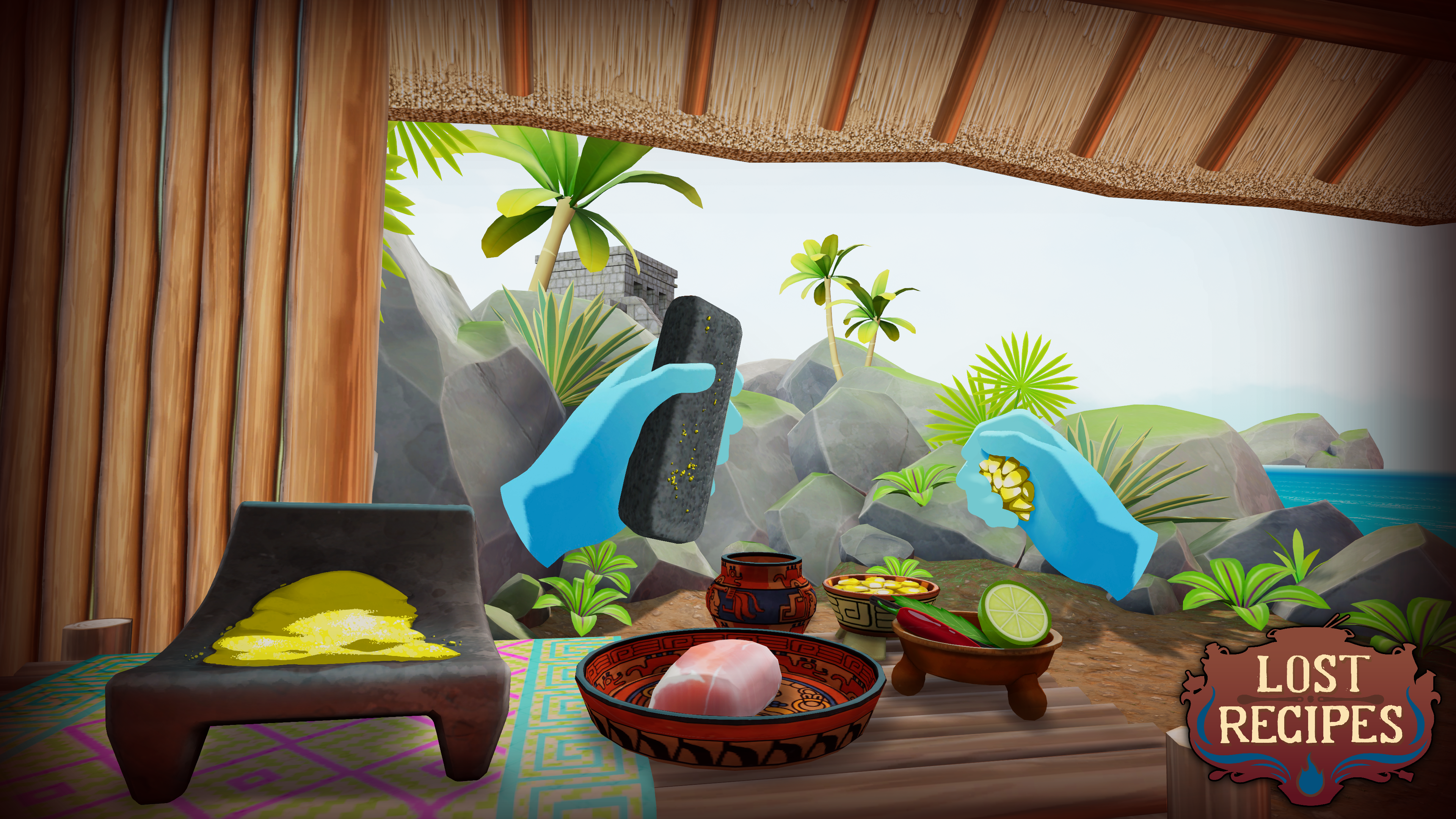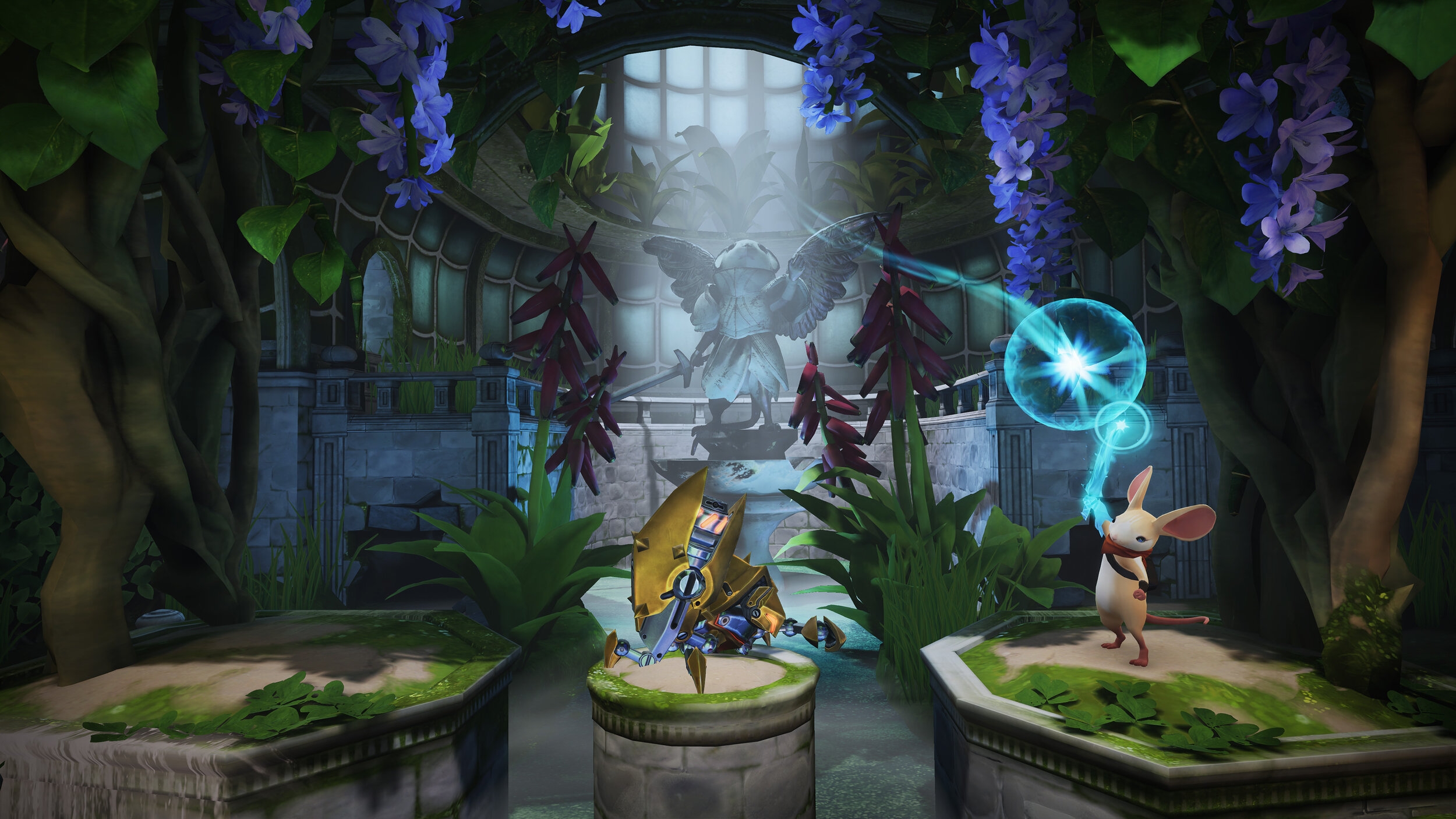The Oculus Quest 2’s latest hit would be perfect for your kids; if only they could play it
This pint-sized hero is just right for pint-sized players

Moss: Book 2 picks up exactly where the original left off, not only in terms of plot, but also in its commitment to being one of the most fairytale-like experiences available in VR.
The PlayStation VR title, which recently launched on the Oculus Quest 2, continues the classic-fantasy story of Quill, a tiny rodent hero on an adventure to save her lands from the evil Arcane forces that are taking over. To achieve this goal, she’ll need to unite both a long-shattered mystical artifact and Moss’s splintered factions.
Players get involved in the story by taking on the role of both protagonist Quill and her otherworldly guide, The Reader. Using an approachable blend of standard control stick and button inputs–in addition to the more hands-on gameplay offered by VR–players tackle delightful puzzles and engage in combat.

But Moss goes beyond its story, taking its fairytale motif to new heights with visuals that wouldn’t look out of place in the most beautifully illustrated picture book. It’s even narrated like a bedtime story, with a single voice actor bringing the characters and story to life.
And yet, however perfect this game would be for a younger audience, it simply can't be played by them. Just like Lost Recipes from Schell Games, the Moss game is yet another reminder that VR has an accessibility problem. There really needs to be a kid-friendly VR headset.
Too small for this Quest
I’ve said before that Lost Recipes and other educational VR experiences feel like the future of teaching. Despite developing a love-hate relationship with history while I was in school, I was utterly captivated by Schell Games’ tour of ancient culture’s cuisines. More recently, I’ve been refueling my interest in geography and nature by heading out on National Geographic’s virtual tours to Antarctica and Machu Picchu.
For people that might not gel with a typical classroom, VR’s interactive educational adventures could help them ignite a love of learning. But VR isn’t just a tool that should be used by schools. The best VR headsets also help to deliver some of the most entertaining experiences out there too.
Get daily insight, inspiration and deals in your inbox
Sign up for breaking news, reviews, opinion, top tech deals, and more.

Most adults can enjoy the best available Oculus Quest 2 games, but younger folks really can’t. That’s because the Quest 2 comes with a 13+ age restriction, in part because of its Facebook account requirement (which should thankfully soon be lifted), but also because the headset just isn’t designed to be worn by people with small heads.
The headset is too bulky, and the straps won’t tighten enough to keep it on securely – at least not without some dicey jerry-rigging that runs the risk of damaging the hardware, or worse, injuring the wearer. Sony’s PSVR headset only comes with a 12+ age restriction, but the situation there isn’t a heck of a lot better.
Things could be changing though.
While its hardware isn’t quite there, Meta has been upgrading the Quest 2’s parental controls, giving guardians more agency over the content their teenagers can access. These same tools could easily be expanded to lock younger audiences out of VR experiences that are too old for them.
And we’re likely not too far from hardware that could be worn by kids, with next-gen headsets like Project Cambria and long-rumored Apple AR/VR headset expected to be seriously slimmed down relative to what is currently available.

But we've yet to see these hardware developments in the flesh, so there’s no way to tell if these gadgets will indeed be more accessible.
Moss and its sequel certainly aren’t kid-only games; I adored my time playing them. I only wish I could have been on the adventure for longer. Still, every aspect of this series feels purpose-built, with a younger audience in mind. Perhaps that’s why PEGI rated Moss 7+, and the ESRB Everyone 10+, both ratings lower than VR hardware’s age restriction.
We’ll have to wait and see if Meta, Apple, Sony, or some unexpected contender finds a way to bring younger audiences into VR and helps to inspire the next generation of VR fans and creators. As I’ve said before: the software is already there, waiting for them; they just need a headset that fits.

Hamish is a Senior Staff Writer for TechRadar and you’ll see his name appearing on articles across nearly every topic on the site from smart home deals to speaker reviews to graphics card news and everything in between. He uses his broad range of knowledge to help explain the latest gadgets and if they’re a must-buy or a fad fueled by hype. Though his specialty is writing about everything going on in the world of virtual reality and augmented reality.